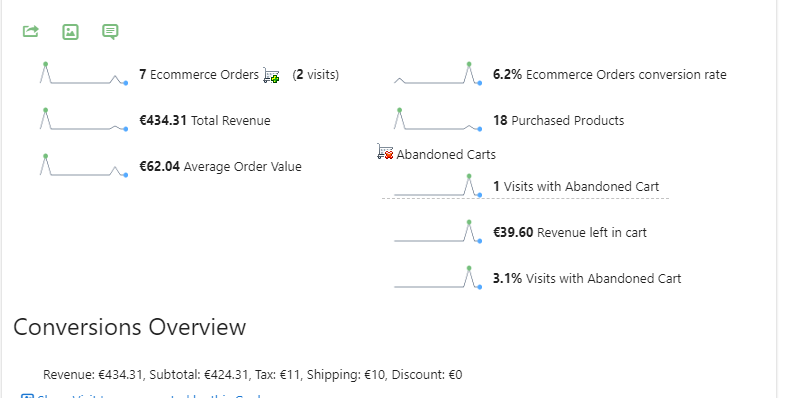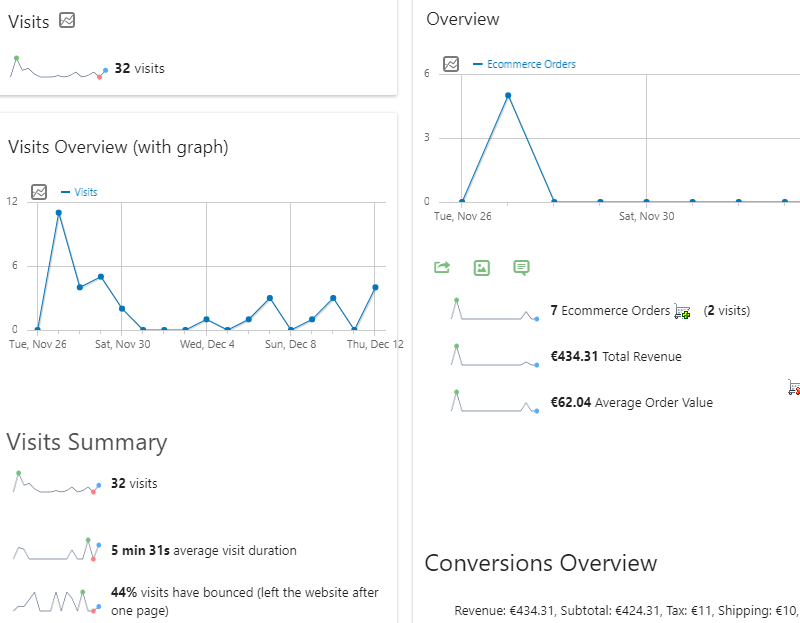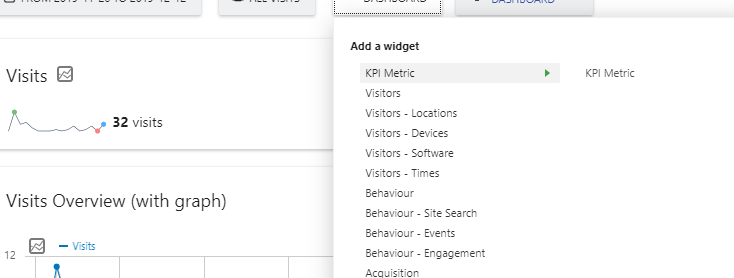This cheat sheet can serve as a guide for improvement to your ecommerce store when the year 2020 starts.
#1. Make it easy for your customers to be in your webshop.
Your site navigation is everything, start here. If your users can find what they want in the shortest time possible, they are more likely to buy something. They are also more likely to return to your site when they want something else.Any improvement to your site navigation will have a dramatic effect on the user experience and your business objectives.
Another way to make it easy for your customers to surf your website is by speeding it up to world standard. Recent research indicates that 40% of users will abandon a website if it takes longer than 3 seconds to load.
Let’s accept the fact that, people today are fickle and impatient. And I can’t blame them! With all the many choices available around us, one will just have to go to the next one if you keep them waiting for even a second. They will leave your site without even reaching out for the shopping cart.
So making it easy for your customers to be in your website should be your top priority come 2020.#2. Create better product pages.
Firstly. Come up with product images gives buyers the confidence to buy. Images in an ecommerce environment are massive in importance, because your consumer is buying from their laptop or mobile, they are not getting to see it and touch it like they do in a physical store.Multiple photos of the product, zoom capability and even 360 degree rotations have all proven to convert better than one single image.
Secondly, deliver product descriptions that focuses on the 5 Ws of ecommerce:
- Whom is the product for? Are you targeting a particular gender, age group or demographic? Make it clear in the description.
- What are the basic details? These are technical attributes such as dimensions, functions, and materials.
- Where would it be used? Is it meant for outdoor or indoor use? At work, at home, or in the car? Explain the circumstances.
- When would the product be used? Is it seasonal or can it be used throughout the year? Is it for everyday use or special occasions?
- Why is it useful? Think about the unique product benefits and explain why it is better than comparable products on the market.
#3. Help customers make decisions with clear calls to action.
A good place to start is to understand the stages of a buyer decision so that you can place call to action at the appropriate stage. You don’t want to have your call to action when your visitor is on the information stage yet. And you wouldn’t want to miss out the call when the visitor is done evaluating his options. And you wouldn’t want anything to disrupt his decision when he is ready to make it.Here are stages a buyer go through when making buying decisions.
A purchase will take place when there is a recognition of the need. Without this recognition of needing something, it would be near impossible for people to buy a product they don’t need. The need may have been triggered by internal stimuli (such as hunger or thirst) or external stimuli (such as advertising or word of mouth).
The next step in this journey is the search for the information. Most buyers will sift through tons of information in order to find out what they feel is the best solution.
Identifying and evaluating information sources related to the “need to buy” decision, comes next naturally.
The purchase decision. This stage may be ‘disrupted’ by only two factors: negative feedback from other customers and the level of motivation to accept the feedback. This is where things get’s a little complicated or rather simplified for some people. A good measure of reviews or a recommendation from a friend or other buyers pushes this decision over the top.
The last stage in this journey is the post-purchase stage. Customers will compare products with their previous expectations and will be either satisfied or dissatisfied. On the basis of being either satisfied or dissatisfied, it is common for customers to distribute their positive or negative feedback about the product. This may be through reviews on website, social media networks or word of mouth. Companies should be very careful to create positive post-purchase communication, in order to engage customers and make the process as efficient as possible.
The next step in this journey is the search for the information. Most buyers will sift through tons of information in order to find out what they feel is the best solution.
Identifying and evaluating information sources related to the “need to buy” decision, comes next naturally.
The purchase decision. This stage may be ‘disrupted’ by only two factors: negative feedback from other customers and the level of motivation to accept the feedback. This is where things get’s a little complicated or rather simplified for some people. A good measure of reviews or a recommendation from a friend or other buyers pushes this decision over the top.
The last stage in this journey is the post-purchase stage. Customers will compare products with their previous expectations and will be either satisfied or dissatisfied. On the basis of being either satisfied or dissatisfied, it is common for customers to distribute their positive or negative feedback about the product. This may be through reviews on website, social media networks or word of mouth. Companies should be very careful to create positive post-purchase communication, in order to engage customers and make the process as efficient as possible.
#4. Seek Customer Reviews
Reviews can have a colossal impact on the behavior of local consumers, and it’s clear to see that a business’s online reputation strongly affects whether customers choose to use a company. Positive reviews make 91% of consumers more likely to use a business, while 82% will be put off by negative reviews. The average consumer reads 10 reviews before feeling able to trust a local business, so businesses with lower review counts or negative feedback within their top reviews risk losing a significant proportion of potential customers to competitors with better online reputations.Source
Consider the following statistics from the same website:

So start asking for reviews.
Make it part of your process. For online retailers it can be quite simple to set up automated emails after shipping, asking for feedback and reviews. Ask for reviews on your site, on your Google My Business listing, Facebook, and other relevant online review sites.#5. Measure your traffic and use the data with Sm Analytics.
To succeed in the new digital retail environment, companies must learn how to collect and then use the raw data generated by the technology that underpins everything. Combined with advanced techniques and technologies, the base metal of data is transmuted into digital gold: actionable insights and business value where it matters most – the bottom line.However, without the right tools and the access to data analytics that can stitch together structured and unstructured data for clearer insights, an organization cannot have a complete picture of their customers or become proactive to their needs.
Additional resource on using ecommerce analytics:
Other notable areas you might want to check and improve in 2020 are the following:
- Display security badges
- Display social proof
- Upselling
- Fixed or free shipping
- Digital Marketing strategy







